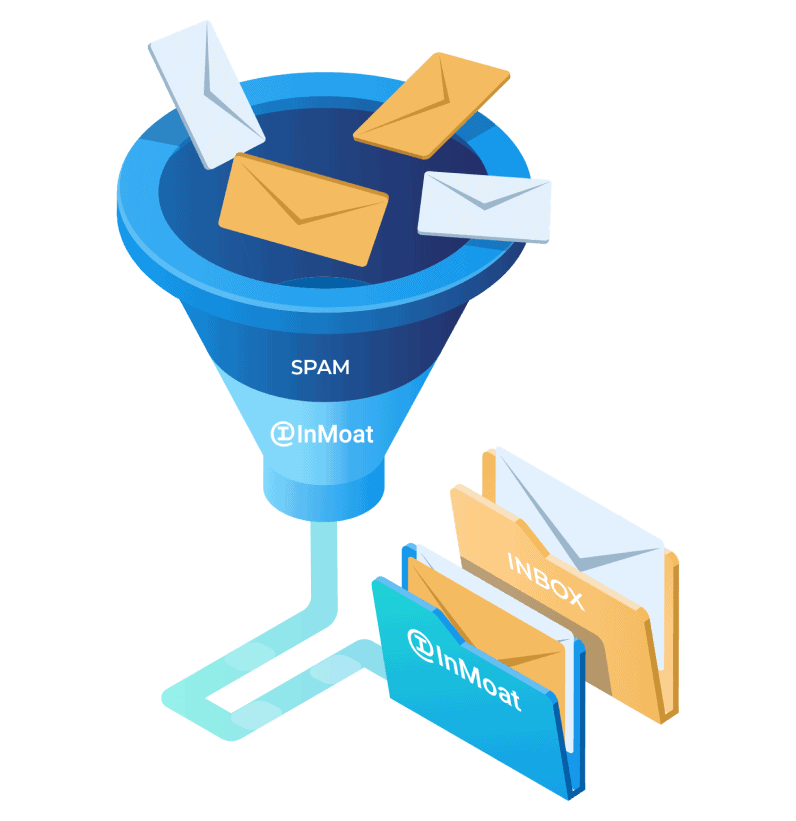In the world of email marketing, one of the greatest mysteries is what determines whether an email lands in the inbox or the dreaded spam folder. This distinction is crucial, as it can mean the difference between a successful campaign and a missed opportunity. In this article, we'll explore the factors that impact email deliverability and provide insights into how you can ensure your emails reach their intended destination.
1. Decoding Email Filters: The Gatekeepers of the Inbox
Email Service Providers (ESPs) use sophisticated filters to protect users from spam. These filters analyze various aspects of emails, such as sender reputation, content quality, and user engagement. Understanding these criteria is the first step to improving your deliverability.
2. Sender Reputation: The Trust Factor
Your sender reputation is a key determinant of email deliverability. It's influenced by several factors, including the quality of your email list, frequency of emails, and how recipients interact with them (opens, clicks, spam complaints). A good sender reputation opens the gates to the inbox, while a poor one can lead you straight to spam.
3. Content: The Heart of Your Email
The content of your email is scrutinized for spam-like characteristics. This includes not only the words used but also the overall design, such as excessive use of images, caps, or colors. Crafting clean, straightforward, and engaging content enhances your chances of landing in the inbox.
4. Engagement: The Silent Communicator
Email engagement, including open rates and click-through rates, communicates to ESPs the relevance and value of your emails to recipients. High engagement is a positive signal, whereas low engagement can raise red flags. Encouraging active interaction with your emails is thus crucial.
5. List Hygiene: The Foundation of Deliverability
The quality of your email list is paramount. Lists with outdated or incorrect email addresses, or those containing addresses obtained without consent, can lead to high bounce rates and spam complaints. Regularly cleaning your list and ensuring opt-in consent is essential.
6. Authentication Protocols: Your Email's Digital Signature
Authentication protocols like SPF, DKIM, and DMARC verify the legitimacy of your email, helping ESPs distinguish your emails from spam. Proper setup of these protocols is essential for building trust with ESPs and ensuring your emails are delivered successfully.
7. Testing and Adaptation: The Path to Perfection
Finally, continuously testing different aspects of your emails, from subject lines to sending times, and adapting based on the results, is key to mastering email deliverability. A/B testing and analytics can provide valuable insights into what works best for your audience.
Conclusion
Unraveling the mystery of email deliverability involves understanding and optimizing various factors, from sender reputation and content quality to list hygiene and authentication protocols. By paying attention to these elements and continuously refining your approach, you can enhance your chances of landing in the inbox and achieving email marketing success.
Remember, in the delicate balance of inbox vs. spam, every detail counts.



